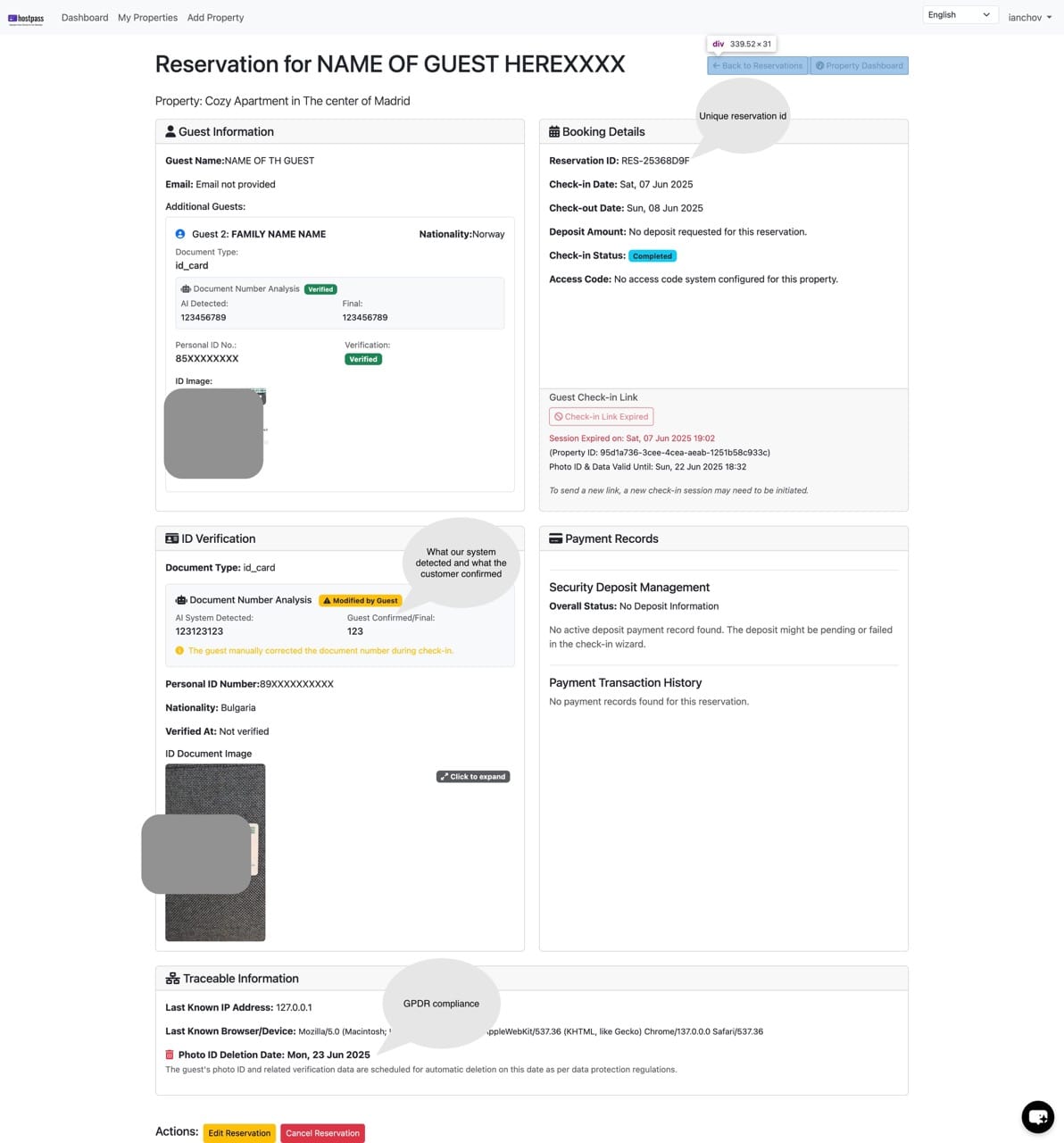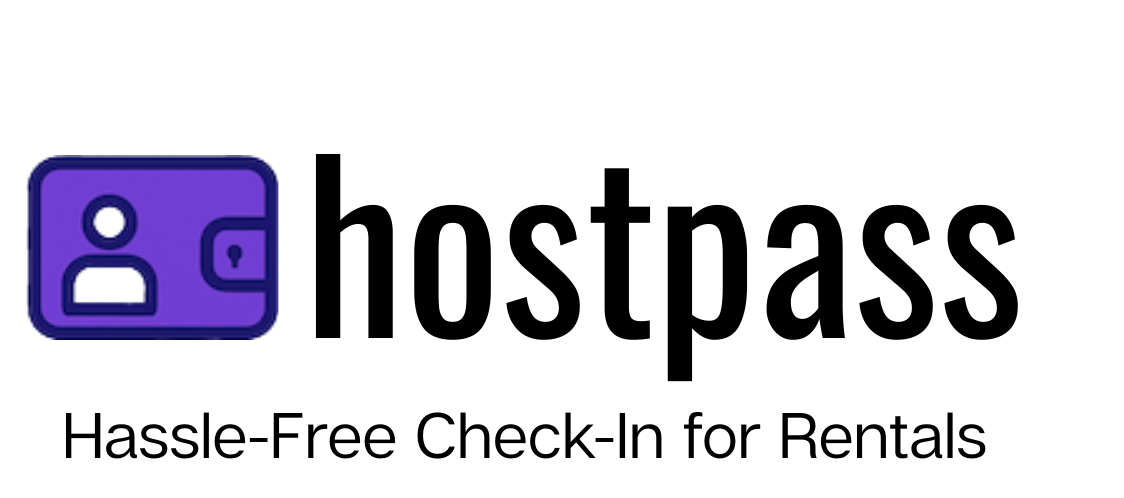Decoding Your Reservation Details: A Comprehensive Guide

Managing reservations can sometimes feel like navigating a maze of information. Whether you're a property owner, a guest, or simply someone interested in the nitty-gritty of online bookings, understanding the various fields within a reservation detail page is key. Let's break down the essential sections you'll typically encounter, using a sample reservation as our guide.
1. Guest Information: Knowing Your Occupants
This section is all about the people staying at your property. It's crucial for communication, verification, and ensuring a smooth guest experience.
- Guest Name: The primary contact for the reservation.
- Email: The email address provided by the guest, essential for sending confirmations, check-in instructions, and other important updates.
- Additional Guests: Details about any other individuals accompanying the main guest, often including their name, document type (e.g., ID card), and nationality. This helps in understanding occupancy and complying with local regulations.
- Document Number Analysis & Personal ID No.: These fields are vital for identity verification. They show what an automated system detected from the guest's document and allow for manual confirmation if needed. This adds a layer of security and trust to the booking process.
- ID Image: A visual record of the guest's identification document. This is often an encrypted or blurred image for privacy, with an option to expand for closer inspection (usually for authorized personnel only).
2. Booking Details: The Core of Your Stay
This section provides the fundamental information about the reservation itself.
- Reservation ID: A unique identifier for the booking. This is your go-to reference number for any inquiries or modifications.
- Check-in Date & Check-out Date: The start and end dates of the reservation.
- Deposit Amount: Indicates if a security deposit was requested and its status (e.g., "No deposit requested" or "Completed").
- Check-in Status: Shows the current state of the check-in process (e.g., "Completed").
- Access Code: If applicable, this is the code guests use to access the property. It might state "No access code system configured" if a different entry method is used.
3. Guest Check-in Link: Facilitating Access
This section is dedicated to the automated check-in process.
- Check-in Link Status: Indicates if the check-in link is active or expired. An expired link means a new one may need to be generated.
- Session Expiry Date: The date and time until which the check-in session is valid.
- Photo ID & Data Valid Until: Specifies the validity period for the guest's uploaded photo ID and associated data.
4. ID Verification: Ensuring Authenticity
This section provides a more detailed breakdown of the identification process, often including automated and manual verification steps.
- Document Type: The type of identification document provided (e.g., "id_card").
- Document Number Analysis: Displays what the AI system detected and what the guest confirmed as the document number.
- Personal ID Number: The full personal identification number, often partially masked for privacy.
- Nationality: The nationality of the guest as per their ID.
- Verified At: Indicates if and when the ID was verified.
- ID Document Image: Another view of the ID document image.
5. Payment Records: Financial Transparency
This section outlines any financial transactions related to the reservation.
- Security Deposit Management: Details the status of any security deposit, whether it's pending, failed, or if no deposit was required.
- Payment Transaction History: A record of all payments made for the reservation.
6. Traceable Information: Behind-the-Scenes Data
This section contains technical details that can be useful for troubleshooting and security.
- Last Known IP Address: The IP address from which the guest accessed the system.
- Last Known Browser/Device: Information about the browser and device used by the guest.
- Photo ID Deletion Date: Crucially, this specifies the date when the guest's photo ID and related verification data are scheduled for automatic deletion, ensuring compliance with data protection regulations like GDPR.
7. Actions: Managing the Reservation
At the bottom of the page, you'll typically find actions you can take regarding the reservation.
- Edit Reservation: Allows for modifications to the booking details.
- Cancel Reservation: Provides the option to cancel the booking.
Understanding these fields empowers both property managers and guests with clear, concise information, leading to more efficient and secure reservation experiences. Always refer to the specific platform's guidelines for detailed explanations of each field.
